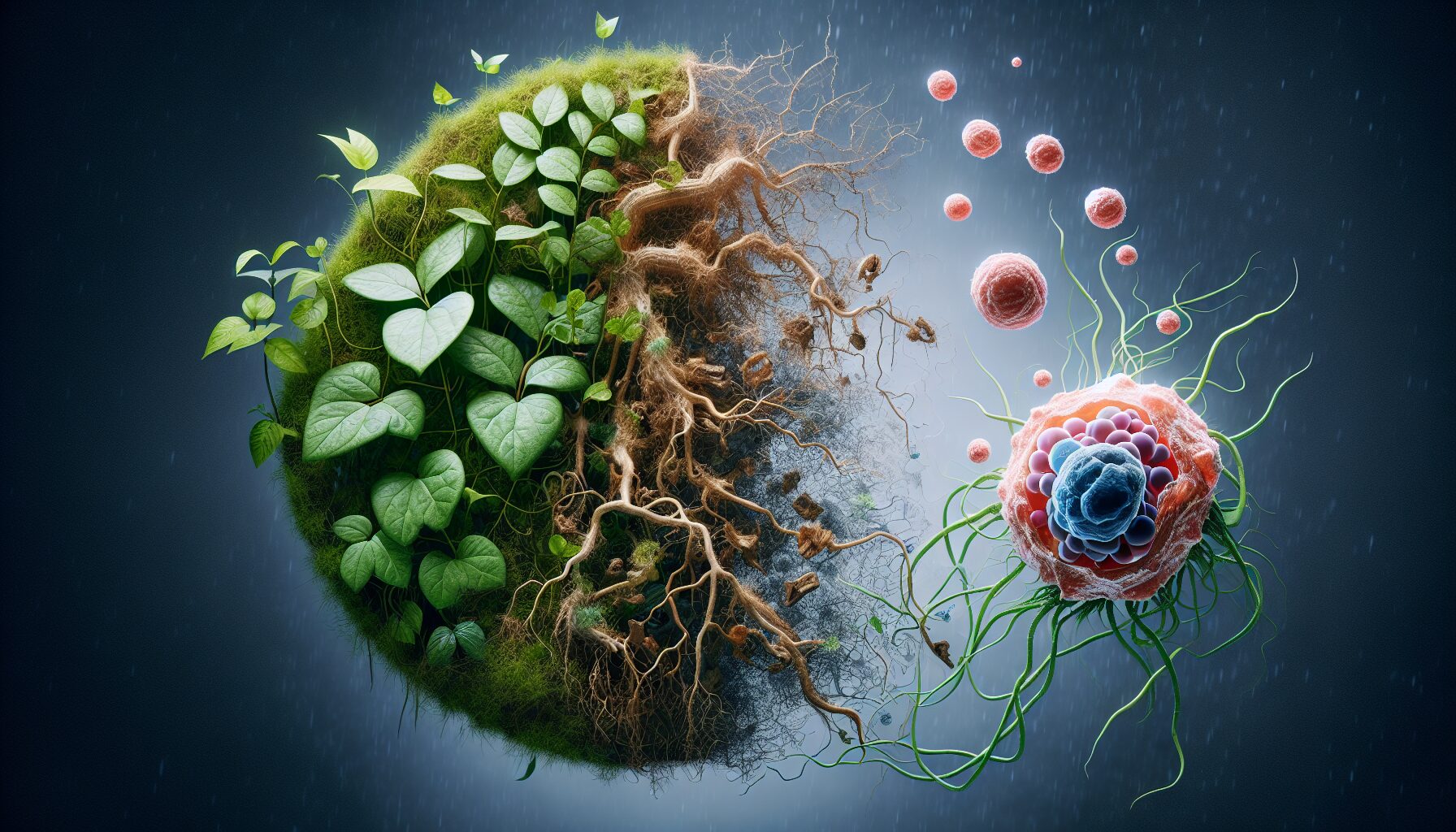Entropy, a concept rooted in the second law of thermodynamics, is often perceived as a measure of disorder within a system. While it might sound like an abstract physical principle, entropy plays a crucial role in biological systems, influencing everything from cellular processes to the inevitability of aging. Understanding entropy in biology provides insights into why life continually moves towards disorder and how living systems attempt to maintain order amidst chaos.
The Basics of Entropy
Initially formulated in the context of thermodynamics, entropy describes the dispersion of energy in a system and its tendency to evolve towards greater disorder. As Rudolf Clausius, one of the founders of thermodynamics, aptly summarized:
“The energy of the universe is constant; the entropy of the universe tends to a maximum.”
Simply put, while energy remains constant, its ability to do work diminishes as it becomes more evenly distributed, increasing the entropy of the system.
Entropy in Biological Systems
Living organisms are particularly intriguing when it comes to entropy. They appear to defy the trend by maintaining order and sustaining complex structures. However, this semblance of defiance is temporary and localized. Life reduces entropy locally by increasing it elsewhere, primarily through the acquisition and consumption of energy.
- Metabolism: Metabolic processes involve biochemical reactions that transform energy from food into usable forms. These processes, while maintaining the organism’s complex structures, inevitably produce heat, increasing entropy in the environment. Thus, life sustains itself by transforming energy and exporting disorder.
- Photosynthesis: Plants exemplify how life counters entropy. Through photosynthesis, plants convert solar energy into chemical energy, creating order (glucose molecules) from chaos (solar radiation). However, this order created locally in plants leads to increased entropy globally as energy disperses.
- Homeostasis: Living organisms maintain internal equilibrium by constantly adjusting their physiological processes. While this state of balance seems to resist entropy, it is maintained by energy-consuming processes such as thermoregulation and osmoregulation, which ultimately contribute to increased entropy in the larger system.
Entropy and Aging
The gradual increase in entropy also manifests in the biological phenomenon of aging. Over time, the complex and ordered structures within organisms degrade as entropy increases. Cellular components are damaged by oxidative stress, leading to a decrease in physiological function and the emergence of age-related diseases.
John Fenn, a Nobel laureate in Chemistry, described this phenomenon:
“Life is a struggle against entropy, but entropy always wins in the end.”
Despite the biological systems’ attempts to stave off disorder, inevitable biochemical wear and tear contribute to the aging process, illustrating the persistent march towards disorder enforced by entropy.
Evolution and Entropy
Evolutions seem to contradict the principle of entropy as life becomes more complex over geological timescales. Yet, this complexity fosters entropy increase by utilizing energy flows more efficiently. Scientific American notes that evolution does not violate thermodynamic laws because the energy influx necessary for increasing complexity simultaneously augments entropy production.
The growth in complexity is not a defiance but rather a process that aligns with thermodynamic principles. The drive for survival and reproduction fosters adaptations that reduce local entropy, helping species cope with environmental challenges. However, this adaptation process results in increased entropy in the surroundings, maintaining the balance dictated by the second law of thermodynamics.
Entropy’s Role in Ecological Systems
Ecological systems depict a balance of energy and entropy. Energy flows from the sun to producers (plants) and then to consumers (animals), illustrating a smooth transfer of energy amidst an inevitable increase in entropy. Waste products and heat generated by metabolic activities exemplify energy loss and disorder increase, key aspects governed by entropy.
- Food Web Dynamics: As energy flows through trophic levels, each transfer results in energy loss primarily as heat. This process enhances entropy, showing how energy dispersion and transformation are central to ecological interactions.
- Ecosystem Resilience: Ecosystems bounce back from disturbances but accrue entropy in doing so. For instance, succession processes, where ecosystems recover from disruptions, involve energy consumption and dissipative structures that ultimately heighten entropy.
Conclusions: Embracing Entropy
Understanding entropy enhances our comprehension of biological systems and their struggles against disorder. While living organisms showcase remarkable order and complexity, they operate within the constraints of thermodynamic laws, performing an eternal balancing act. Maintaining order locally requires shuffling entropy elsewhere, emphasizing the interconnectedness of energy, life, and the universe.
Ultimately, entropy in biology highlights the transient nature of life and underscores the inevitable trajectory towards disorder. This perspective offers a profound appreciation for the intricate dance of order and chaos that defines the living world. As living systems coalesce and degrade, they affirm the inexorable truth that life, while fleeting, is a dynamic play in the theater of entropy.

Comments